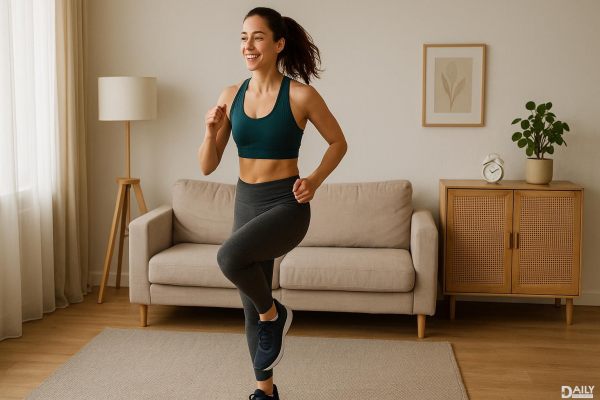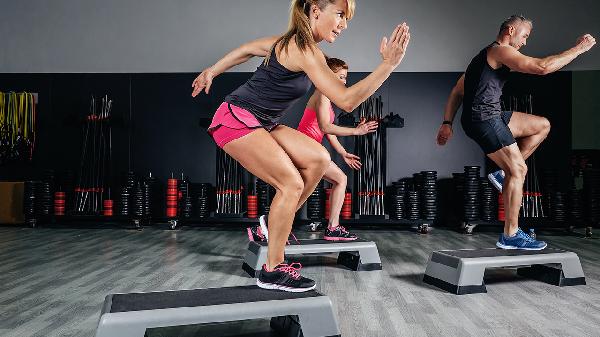If you're still waiting for that six-pack to show up despite endless crunches and planks, you're probably missing some key elements in your ab workouts. It's not just about doing a million sit-ups—there's a science (and a bit of strategy) to carving out those coveted abs. Let's break down what might be holding you back and how to fix it.

Here's the hard truth: even the most sculpted abs won't show if they're hiding under a layer of fat. For men, abs typically start becoming visible around 10-12% body fat, while women usually need to hit 16-19%. No matter how strong your core is, if your diet isn't dialed in, those muscles will stay under wraps.The fix? Combine smart nutrition with your ab routine. Focus on a slight calorie deficit if fat loss is your goal, prioritize protein to maintain muscle, and don't shy away from healthy fats—they're crucial for hormone function. And no, endless cardio isn't the answer. Strength training (yes, even for legs and back) boosts metabolism more effectively in the long run.
Treating abs like some magical muscle group that doesn't need progression is a rookie mistake. If you're still doing the same 3 sets of 15 crunches you were doing six months ago, your abs have adapted and stopped growing.Ab muscles respond to resistance just like biceps or quads. Start incorporating weighted exercises—cable crunches, weighted leg raises, or even holding a plate during sit-ups. Aim to increase weight or difficulty every 2-3 weeks. Bonus tip: slow down the eccentric (lowering) portion of movements to increase time under tension.
Six-packs aren't just about the rectus abdominis (the "showy" front muscles). Neglecting the deeper core muscles like transverse abdominis and obliques leads to imbalances and a less defined midsection.Mix in exercises that challenge rotation and anti-rotation: Pallof presses, Russian twists with a medicine ball, or hanging oblique raises. Planks are great, but try adding movement—shoulder taps, knee drives, or alternating arm/leg lifts to engage more muscle fibers. Your core should work as a coordinated unit, not just the surface muscles.
Newsflash: abs grow during recovery, not while you're grinding through another set. Many people train abs daily thinking more frequency equals faster results, but that's a fast track to overuse injuries and stalled progress.Treat abs like any other muscle group—2-4 focused sessions per week with at least 48 hours between intense workouts. And don't forget sleep! Poor sleep spikes cortisol (a belly fat magnet) and hampers recovery. Seven to nine hours should be non-negotiable if you're serious about definition.
Going through the motions without intentional engagement is like revving a car in neutral—lots of effort, zero results. The best ab workouts require fierce concentration on squeezing the target muscles with each rep.Try this: place a hand on your abs during exercises to enhance awareness. On crunches, focus on curling your ribcage toward your pelvis rather than just lifting your head. For leg raises, imagine pressing your lower back into the floor as you lift. Quality reps beat mindless quantity every time.
Abs aren't just for show—they're your body's natural weight belt, stabilizing every movement from picking up groceries to deadlifting heavy. If your routine only includes isolation moves, you're missing functional strength that translates to better performance (and aesthetics).Incorporate compound lifts like squats, deadlifts, and overhead presses that force your core to work overtime. Add anti-movement drills like farmer's carries or suitcase deadlifts to build real-world stability. A strong core should empower your entire physique, not just look good shirtless.
Your muscles adapt to repetitive stress—doing the same three ab exercises forever leads to diminished returns. The solution isn't chasing every Instagram trend, but intelligently rotating exercises every 4-6 weeks to hit muscles from different angles.Try splitting workouts into categories: flexion (crunches), extension (superman holds), rotation (woodchoppers), and stabilization (planks). Hit each category weekly. New variations create fresh challenges, whether it's dragon flags for advanced trainees or dead bugs for beginners.
Building a six-pack is equal parts training, nutrition, and patience. There's no magic exercise or shortcut—just consistent effort applied smartly. Dial in these missing pieces, stay the course, and those abs will have no choice but to show up. Remember, even Michelangelo had to chip away at the marble to reveal the masterpiece underneath.
























